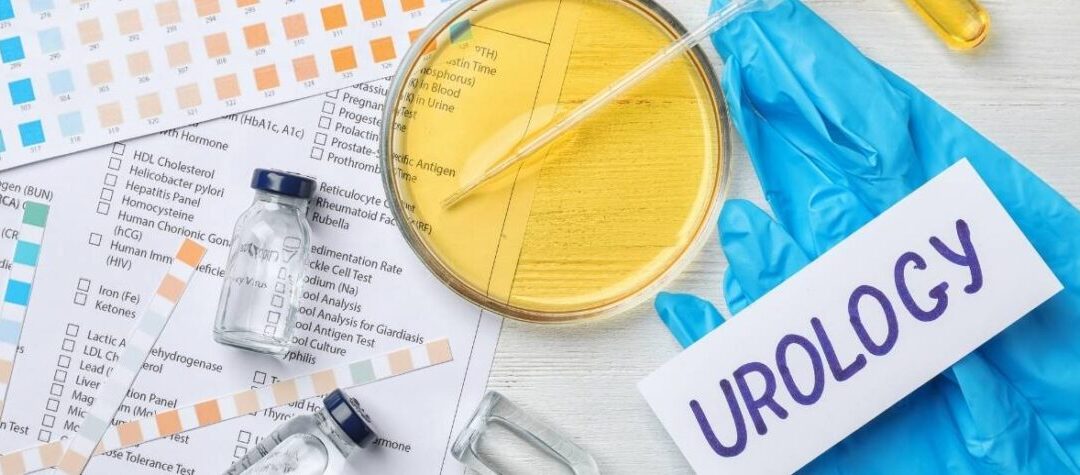Department of Urology at Capitol Hospital on one of the best in the North region to provide paramount medical and surgical care in all aspects of adult and paediatric urology. We offer full-fledged urology care and comprehensive treatment for common urological problems like prostate diseases, urinary stones, infections, malignancies, and strictures of the urethra. Department of urology also provides screening, staging, and the most up-to-date treatment of all urogenital tumors including kidney, ureter, bladder, and prostate besides dealing with benign conditions like BPH, stone disease, incontinence, infertility & impotence. The Department of Urology has a complete range of facilities to provide comprehensive services in the management of urological conditions.
Facilities & Procedures:
- Ureteroscopy:
During Ureteroscopy, the doctor inserts a thin, flexible scope into your bladder and ureter. Through this, he/she can look for kidney stones or other possible signs of trouble.
- Uretero-Renoscopy:
This is the visual inspection of the interior of the ureter and kidney by means of a fiber optic endoscope to serve the purpose of biopsy, removal, or crushing of stones or other procedures.
Ureteric stones are removed by passing a ureter scope through the urethra and bladder. The surgeon locates the stone, removes it with special instruments, or fragments the stone by using the Lithoclast.
- Percutaneous Nephrolithotomy (PCNL):
This procedure provides patients with a safe and effective way to remove kidney stones using a minimally invasive surgical procedure. This is also called Nephrolithotripsy, wherein the surgeon makes a small incision in your back to remove kidney stones. A hollow tube is put into your kidney to probe. In Nephrolithotomy, the surgeon removes the stone through the tube. In Nephrolithotripsy, he or she breaks the stone up and then removes the fragments of the stone through the tube.
- Urethroplasty:
This procedure involves surgically removing the narrowed section of your urethra or enlarging it. The procedure might also involve the reconstruction of the surrounding tissues. Tissues from other areas of the body, such as your skin or mouth, may be used as a graft during reconstruction. The recurrence of urethral stricture after urethroplasty is quite low.
- Laparoscopic Surgery:
This is an option in certain cases depending on the size & location of stones and correction of any congenital problem like PUJ obstruction such as:
- Laparoscopic Nephrectomy: Laparoscopic Nephrectomy provides patients with a safe and effective way to remove a diseased or cancerous kidney. Laparoscopic nephrectomy is a minimally invasive technique, which provides patients with less discomfort and equivalent results when compared to the larger incision required with traditional open surgery.
- Laparoscopic Pyeloplasty: Laparoscopic Pyeloplasty provides patients with a safe and effective way to perform reconstructive surgery of a narrowing or scarring where the ureter attaches to the kidney through a minimally invasive procedure.
This surgery is used to correct a blockage or narrowing of the ureter where it leaves the kidney. This abnormality is called ureteropelvic junction (UPJ) obstruction which results in poor and sluggish drainage of urine from the kidney. UPJ obstruction can potentially cause abdominal and flank pain, stones, infection, high blood pressure, and deterioration of kidney function. - Laparoscopic ureterolithotomy: Ureterolithotomy refers to the open or laparoscopic surgical removal of a stone from the ureter.
- Laparoscopic diverticulectomy: This is done for a large bladder diverticulum.

